Optimizing Warehouse Logistics with Loading Automation
July 1, 2024
.jpg)
The frantic pace of modern logistics demands efficiency and safety. Manual loading, a cornerstone of warehouse operations for decades, often falls short on both counts. This article explores the advantages of loading automation and the key technologies shaping the future of this crucial process.
The Challenges of Manual Loading
The demands of just-in-time (JIT) inventory management and the booming e-commerce industry are pushing warehouses to their limits. Manual loading processes struggle to keep up, adding time to the fulfillment process and potentially leading to frustrated customers and lost sales.
Beyond these business concerns, there's a significant human cost. Repetitive lifting, bending, and twisting associated with manual loading can cause musculoskeletal injuries in workers. These injuries result in pain, fatigue, and even long-term health problems, impacting worker well-being. Furthermore, the current labor market makes attracting and retaining qualified workers for physically demanding jobs challenging.
The Power of Loading Automation
Loading automation offers a solution to these challenges. It can streamline the fulfillment process, meeting the demands of JIT and e-commerce. Moreover, by reducing the physical strain on workers, automation can help improve employee well-being and potentially lower injury rates. Additionally, it can free up human resources for tasks that require higher-level skills, improving overall efficiency.
Enhanced safety is a paramount benefit of loading automation. Repetitive lifting, awkward postures, and heavy loads can lead to painful musculoskeletal disorders (MSDs) and costly worker's compensation claims for businesses. Automation offers a solution by reducing the physical strain on workers. This not only improves worker health but also minimizes the risk of accidents and keeps your business running smoothly.
The cost benefits of loading automation extend beyond worker's compensation savings. Faster fulfillment times translate into lower inventory holding costs and potentially reduced warehouse space requirements. Additionally, improved accuracy in loading processes minimizes product damage and ensures orders are picked and shipped correctly, leading to fewer customer returns and complaints.
Don't forget the other side of the coin! While loading automation streamlines getting goods out the door, advancements in unloading automation are equally important. These innovative systems can mirror the efficiency gains of loading, ensuring a smooth handoff at the destination and keeping products moving throughout the supply chain. By tackling both loading and unloading, operations can create a truly optimized logistics cycle with faster turnaround times and a more responsive system for fulfilling customer needs.
Key Loading Automation Technologies
The world of loading automation features a range of technologies designed to enhance efficiency and safety in warehouse operations. Here are some key solutions:
Robotic Arms
These versatile machines mimic human movement with superior strength, endurance, and precision. They can be programmed for repetitive tasks, unlike human workers who tire or get injured.
Robotic arms can handle heavy lifting, palletizing boxes at high speeds, and carefully loading delicate items onto trucks, all without human intervention. This reduces reliance on manual labor, minimizes injuries, and speeds up the loading process.
Autonomous Mobile Robots (AMRs)
Self-driving robots or cobots navigate warehouse floors and trailers, eliminating the need for human-driven forklifts. AMRs use sensors and sophisticated software to autonomously transport goods and assist with loading trucks.
AMRs free up human workers for other tasks, improve safety by eliminating forklift accidents, and can operate 24/7, significantly increasing loading efficiency.
Conveyors
These automated pathways keep products constantly on the move, eliminating the need for manual transport via forklifts or hand trucks.
Conveyors create a smooth flow of goods toward the loading dock, reducing manual effort, accelerating the loading process, and minimizing the risk of product damage.
These are just a few examples of solutions that are transforming loading automation.
The Future is Automated
Looking ahead, the future of loading automation is brimming with exciting possibilities. Emerging technologies like robotic loading systems promise to further revolutionize warehouse operations. These advancements will not only enhance efficiency and safety, they will also reduce complexity and increase adaptability to face the future.
Robotic loading automation offers solutions for operations of any size. Whether you're managing a sprawling warehouse or a smaller facility, there's a scalable system to meet your needs. This flexibility ensures your investment in automation can grow with your business, eliminating the risk of being constrained by a rigid system.
Businesses can start small, adjust to evolving demands, and expand their automation in step with their growth, all while balancing human expertise with technological innovation. This approach ensures that the future of logistics harnesses the strengths of both worlds.
Building a More Efficient Future
The advantages of loading automation are undeniable. From enhanced safety and increased efficiency to reduced costs and improved customer satisfaction, automation offers a compelling path forward for the logistics industry. As technology evolves, loading automation solutions will become even simpler and more efficient. Businesses that embrace automation today will be well-positioned to thrive in the fast-paced world of modern logistics.
Contact Us Today
If you're ready to explore how loading automation can speed up and simplify your warehouse operations, contact us today.
.png)
.png)
.png)
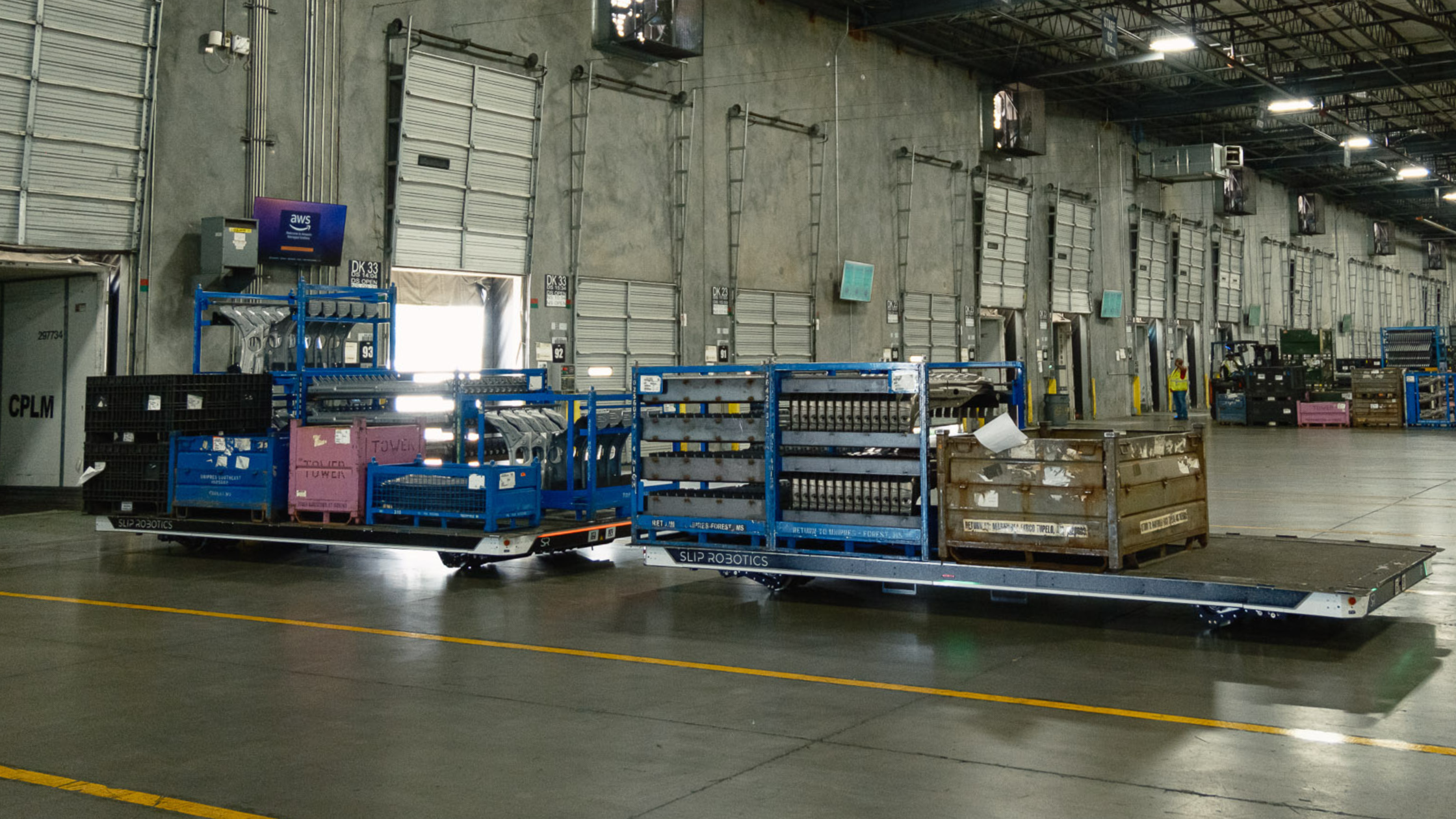
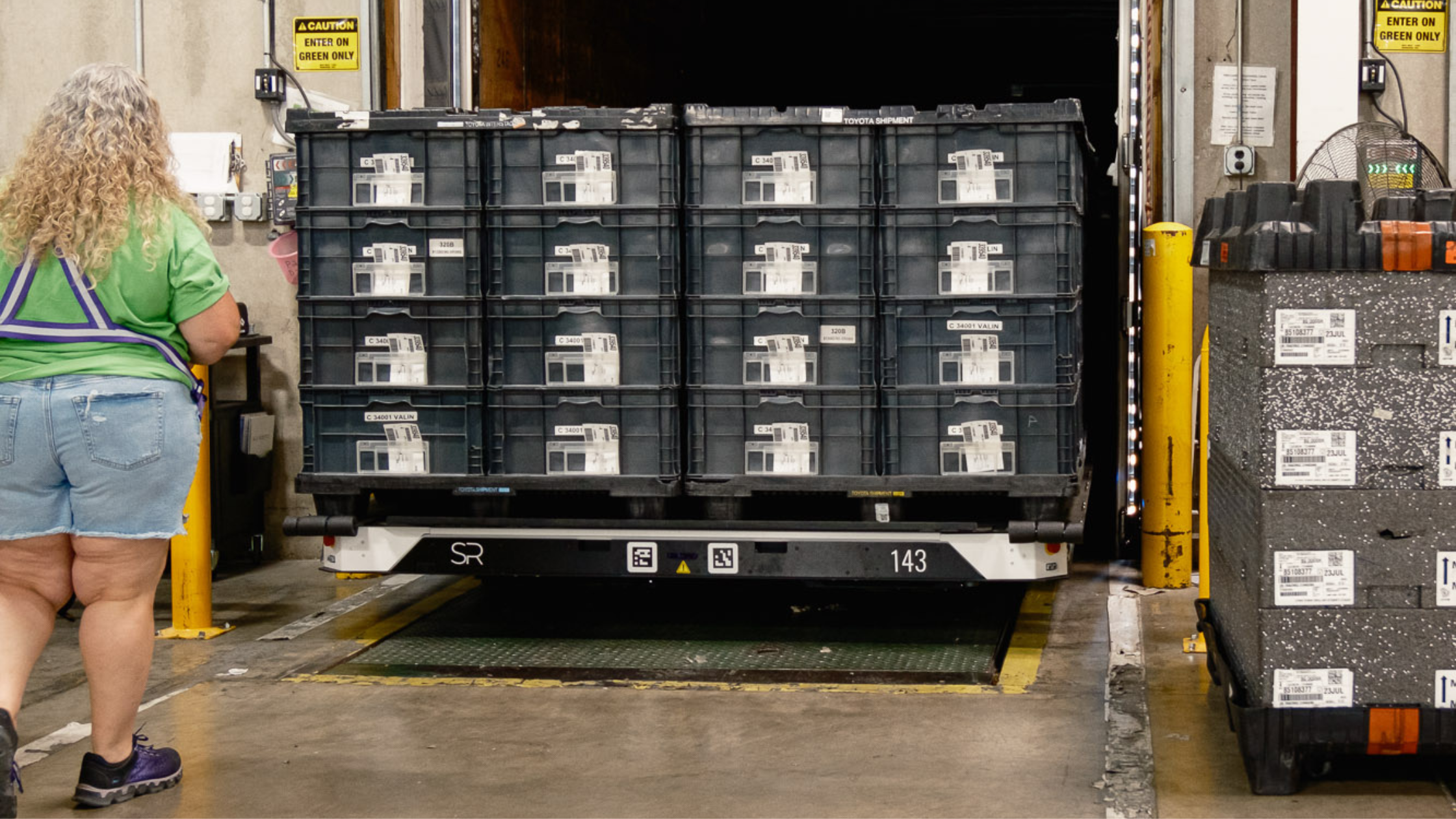
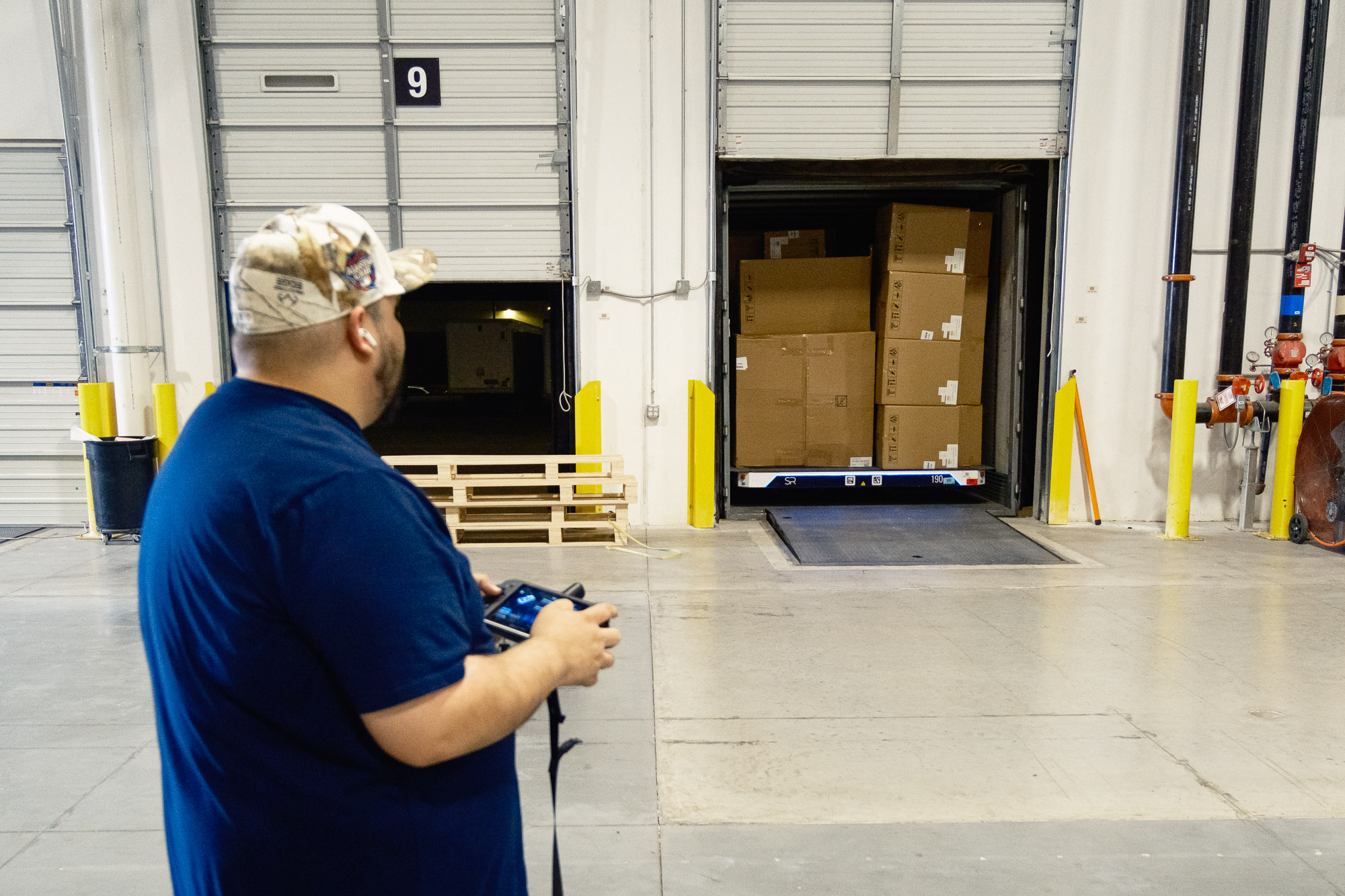





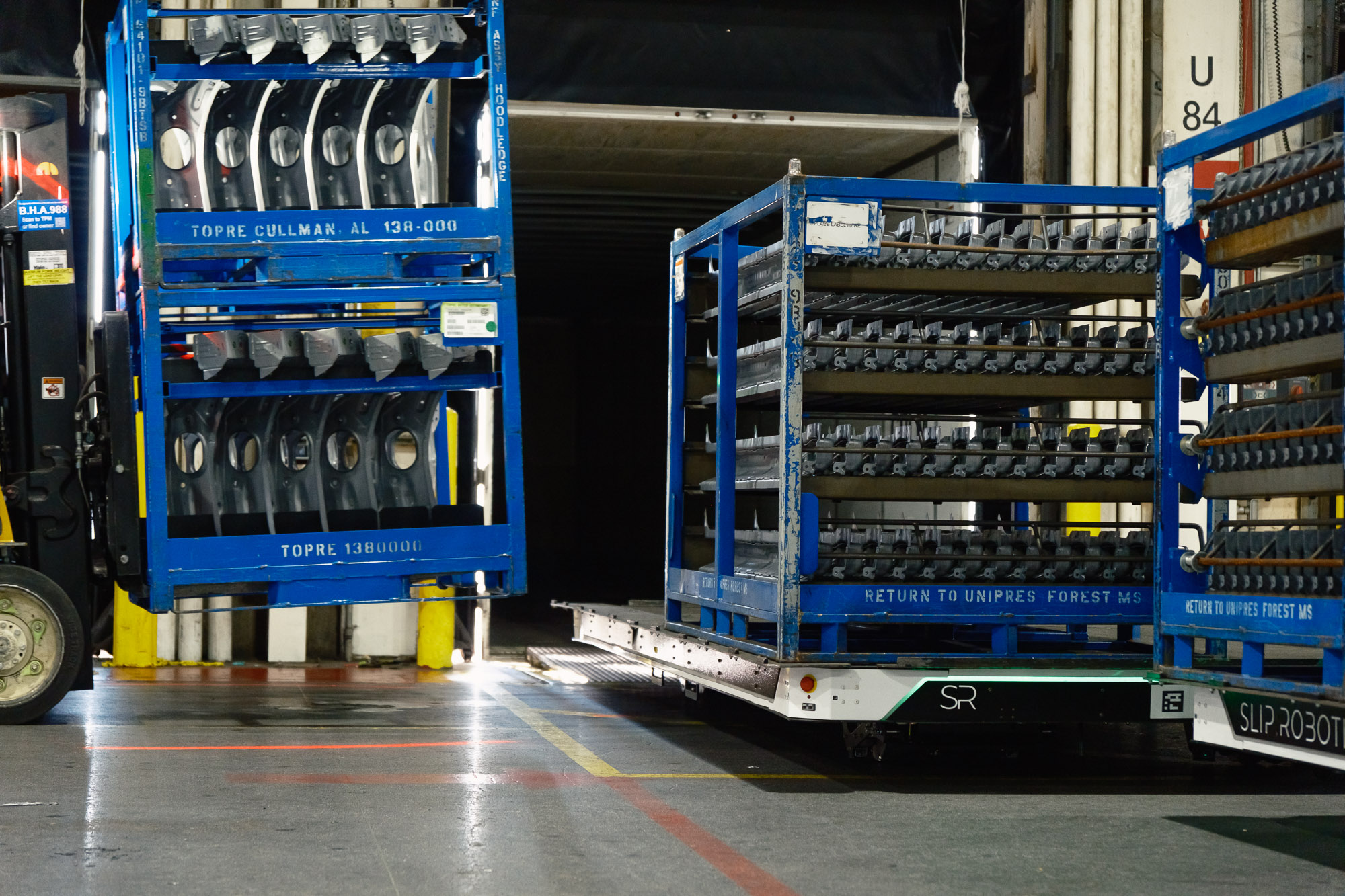




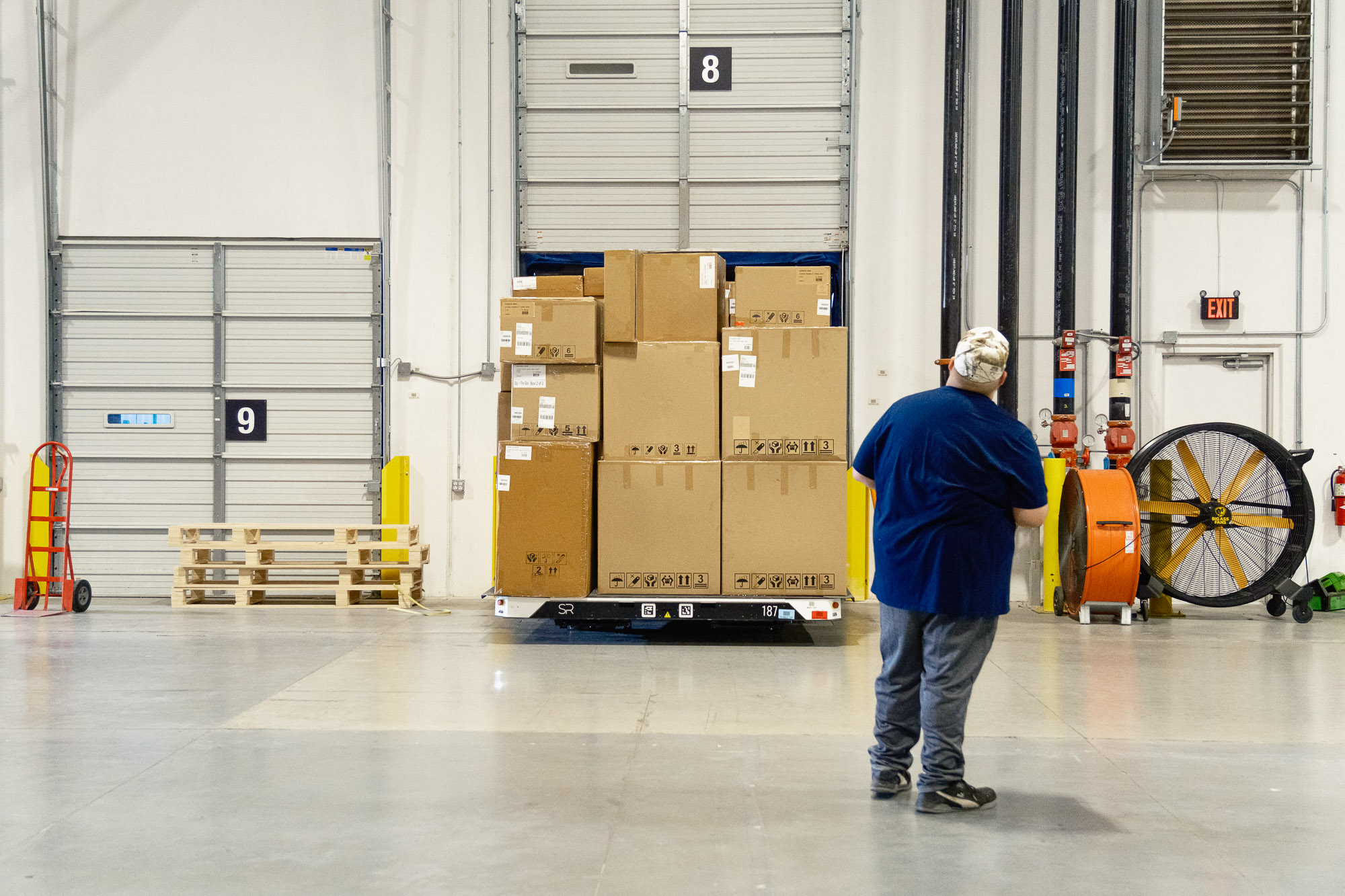








.jpg)




